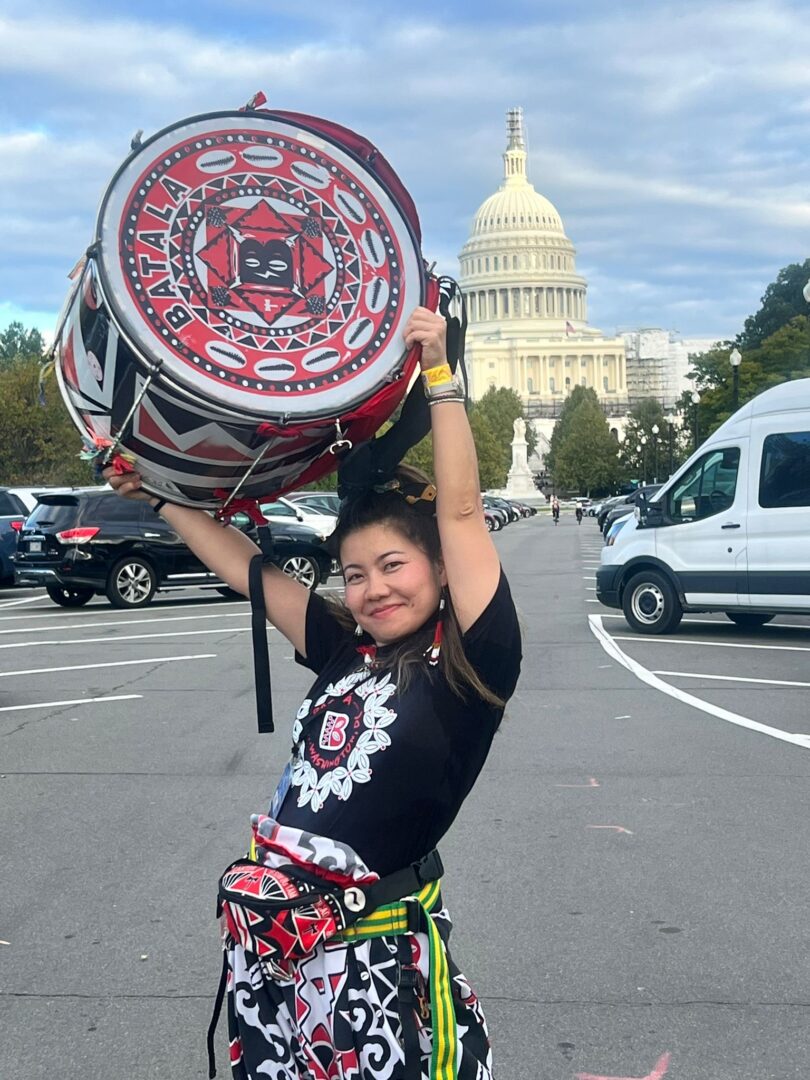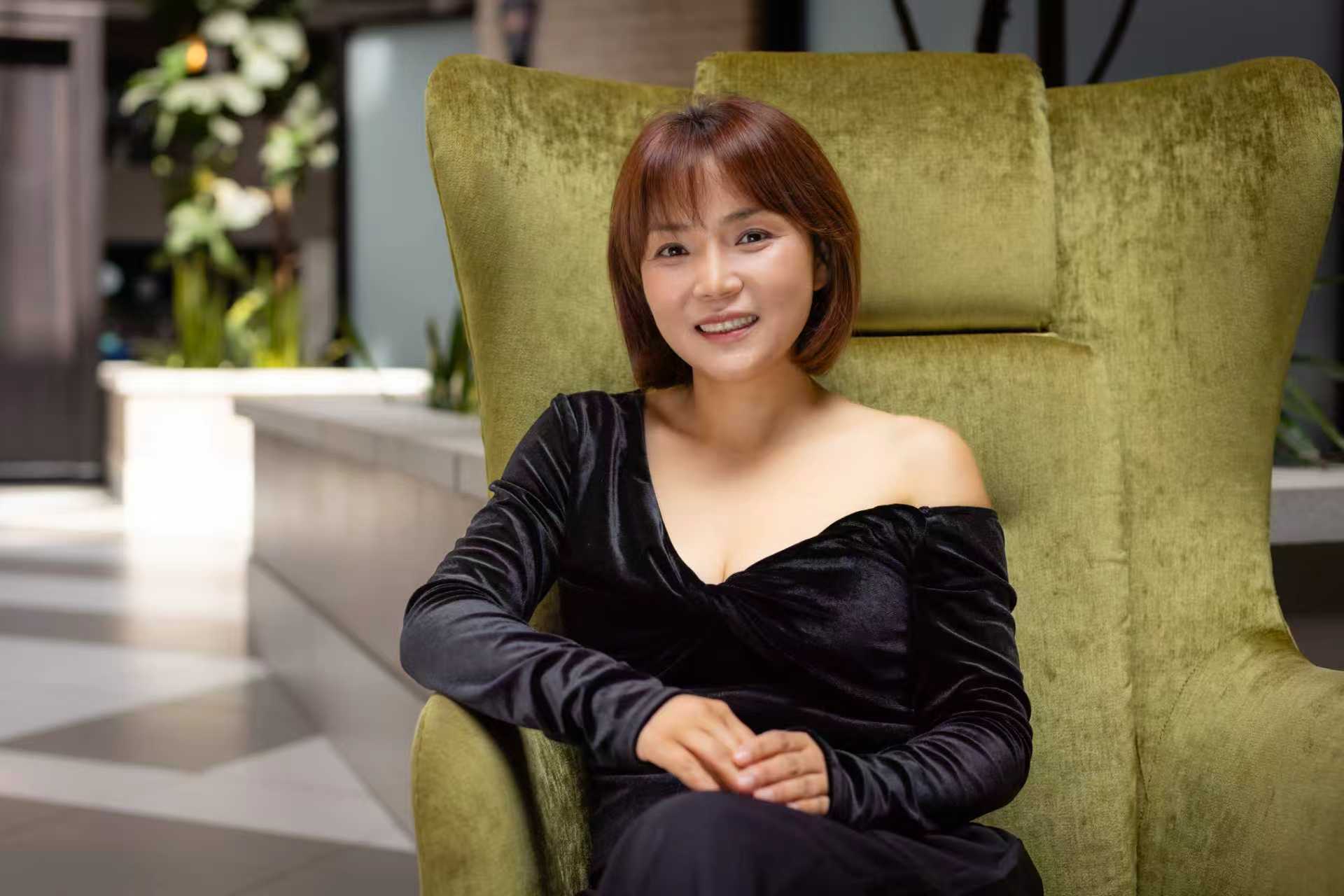We caught up with the brilliant and insightful Kashimi Asai a few weeks ago and have shared our conversation below.
Kashimi, we’re so excited for our community to get to know you and learn from your journey and the wisdom you’ve acquired over time. Let’s kick things off with a discussion on self-confidence and self-esteem. How did you develop yours?
When I was two years old, my father passed away.
At that time in Japan, being raised by a single parent was not considered “normal.”
My grandmother raised me strictly—from manners to speech—so that I would grow up to be a child she could be proud of anywhere. My mother worked hard as a single mother to support us.
I accepted our family structure as completely normal and grew up comfortably in a household of strong women. But the adults and classmates around me did not see it that way.
Having only one parent was considered “shameful,” “different,” and the “correct” image others tried to impose on me was that I should be a child who says, “I feel lonely without a father, and I want a new one soon.”
Even in kindergarten, when I didn’t yet know what my own “truth” was, I already began living as the “good girl” who said what others wanted to hear, caught between that version of myself and the unseen “real me.” Those early years and my adolescence were filled with confusion.
Eventually, I became interested in the performing arts and dreamed of moving to Tokyo to become a performer. After graduating high school, I moved to Tokyo and enrolled in the performing arts school I had longed for.
I believed that once I got to that school—once I left my hometown behind—I would finally become my “true self.” But even in Tokyo, I couldn’t find her. I was still afraid of how others saw me.
Later, I had the opportunity to move to New York to attend a dance school.
There, no one knew me—not even the “good girl” version of myself—and everyone was focused solely on their own path.
Though there were language and cultural barriers, the more effort I put in, the more people recognized me for who I was. They gave me advice, pushed me forward, sometimes scolded me, and loved me in many different ways.
In New York, I lost myself at times, felt jealousy and anger, and grieved deeply—but I also experienced far more joy, excitement, and moments of genuine pride in simply being myself.
The experience of surviving and growing in New York—facing challenges, pausing to feel them fully, and learning from them—has been what truly built my confidence and self-esteem.
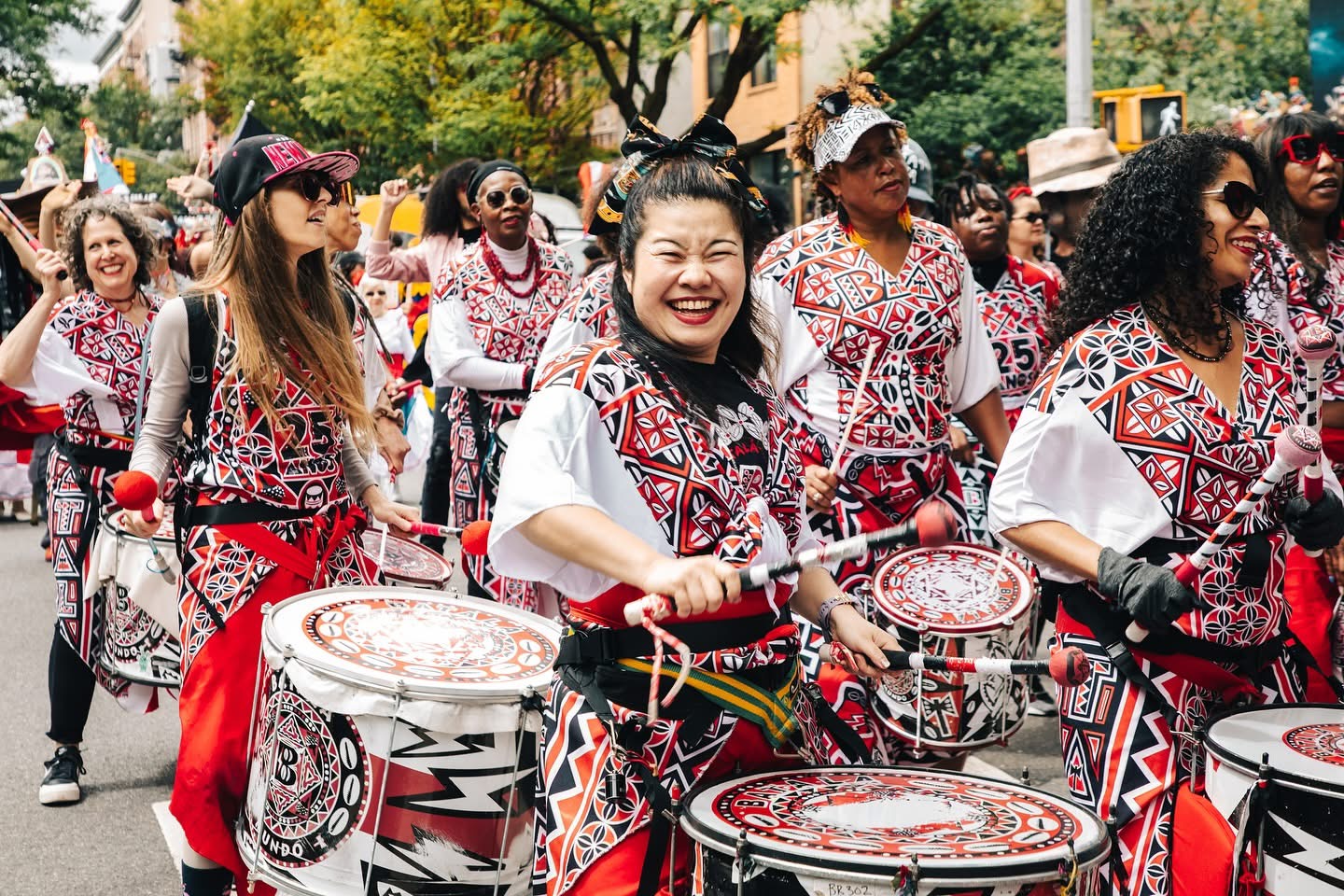

Thanks for sharing that. So, before we get any further into our conversation, can you tell our readers a bit about yourself and what you’re working on?
I am a performing artist, singer, and creator of physical expression based in New York City.
My artistic journey began with a life-changing encounter when I was eight years old. From my hometown in Niigata, Japan, I moved to Tokyo to pursue my dream of becoming a musical theater actress. As I continued seeking new possibilities, I eventually found myself living in New York—a city that completely transformed my artistic world.
In New York, I was introduced to contemporary dance, gospel music, African dance, and Brazilian rhythms. These experiences opened doors to a vibrant and diverse range of expressions far beyond what I had ever imagined for myself.
Having studied both traditional and contemporary forms of movement in Japan and the U.S.—including African, Chinese, Afro-Brazilian, and Japanese traditional dance, as well as theater dance, vocal performance, jazz, tap, and contemporary dance—I have built a creative language that transcends genre, culture, and borders.
Throughout my career, I’ve performed across multiple disciplines—from Afro-Brazilian drumming and percussion, contemporary dance, and gospel singing to site-specific works and international stage productions that weave rhythm, movement, and storytelling into one experience.
What fascinates me most about artistic expression is its ability to connect people beyond language. Through performance, I aim to create spaces where energy, emotion, and humanity can be felt and shared collectively. My work often explores themes of identity, resilience, and transformation—inviting audiences to awaken their own inner rhythm.
As a Japanese artist living abroad, I’m also deeply conscious of representing my culture with integrity. I often ask myself how I can embody the essence of Japan in a way that inspires curiosity and appreciation. If I happen to be the first Japanese person someone meets, I want that encounter to leave a warm and lasting impression.
Currently, I am a member of an Afro-Brazilian percussion group, developing new forms of physical expression that merge dance and drumming. I continue to collaborate with international artists to create performances that bridge cultures and celebrate our shared humanity.
Connecting people through the universal heartbeat of art—that is my life’s mission.
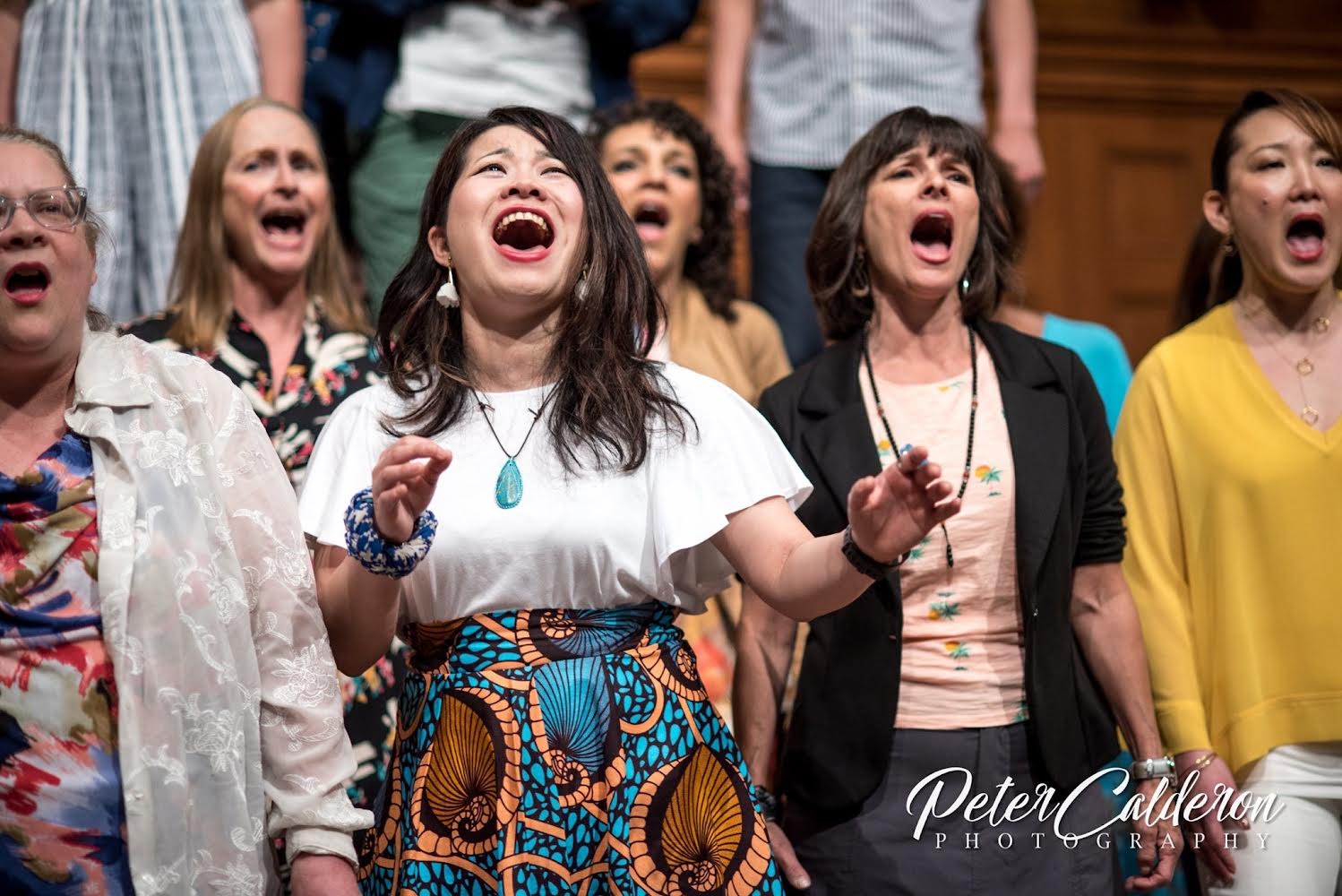
There is so much advice out there about all the different skills and qualities folks need to develop in order to succeed in today’s highly competitive environment and often it can feel overwhelming. So, if we had to break it down to just the three that matter most, which three skills or qualities would you focus on?
Looking back on my journey, the three most impactful elements that have shaped me as both an artist and a human being are resilience, curiosity, and authentic self-expression.
1. Resilience —
Life as a performing artist is filled with uncertainty. I’ve faced rejection, injuries, and countless moments of self-doubt. What has always pushed me forward is remembering why I chose this path—to perform in front of people, to move hearts, and to bring joy through art.
To me, resilience doesn’t mean being strong all the time; it means allowing yourself to fall, to rest, and to rise again. To those just beginning their journey, I’d say this: don’t fear failure—embrace it as part of your growth. Even moments of pause or setback become nourishment that strengthens you. They are proof that you’re still moving forward.
2. Curiosity —
Curiosity has been my compass throughout life. It led me from Niigata to Tokyo, and eventually to New York. It guided me to explore different cultures, rhythms, and forms of movement—from African and Japanese traditions to gospel and contemporary dance.
Who could have imagined that someone born in Japan would one day become deeply involved in Afro-Brazilian percussion? It all began with a simple fascination. I fell in love with African dance, the sound of drums, and the rhythms of Brazilian music. Years of listening, learning, and moving purely out of love eventually intertwined to form the art I create today.
Stay curious—and sometimes, jump into the unknown without overthinking. You never know which experience will open the next door to your artistic growth.
3. Authentic Self-Expression —
When I first dreamed of becoming a musical theater actress, I lived in a world defined by constant comparison. At that time, it was nearly impossible for an Asian woman to be cast in a lead role. No matter how hard I trained, I was always in the ensemble. After moving to the U.S., I found myself in an industry where being “chosen” by others felt like the only measure of worth—and I sank into despair.
When I began exploring contemporary dance, something shifted. I discovered that my voice—my cultural background, my physicality, and my emotional depth—was my greatest strength. The moment I stopped trying to fit into someone else’s vision and started expressing what truly lived inside me, my art began to touch others’ hearts. Offers began to come in not because I was imitating someone else, but because people wanted me—my essence, my individuality.
So my message is this: cherish your roots, and let your unique identity shine through your work. That authenticity is where your true power lies.
These three qualities—resilience, curiosity, and authentic self-expression—continue to guide me every day, both on stage and in life.
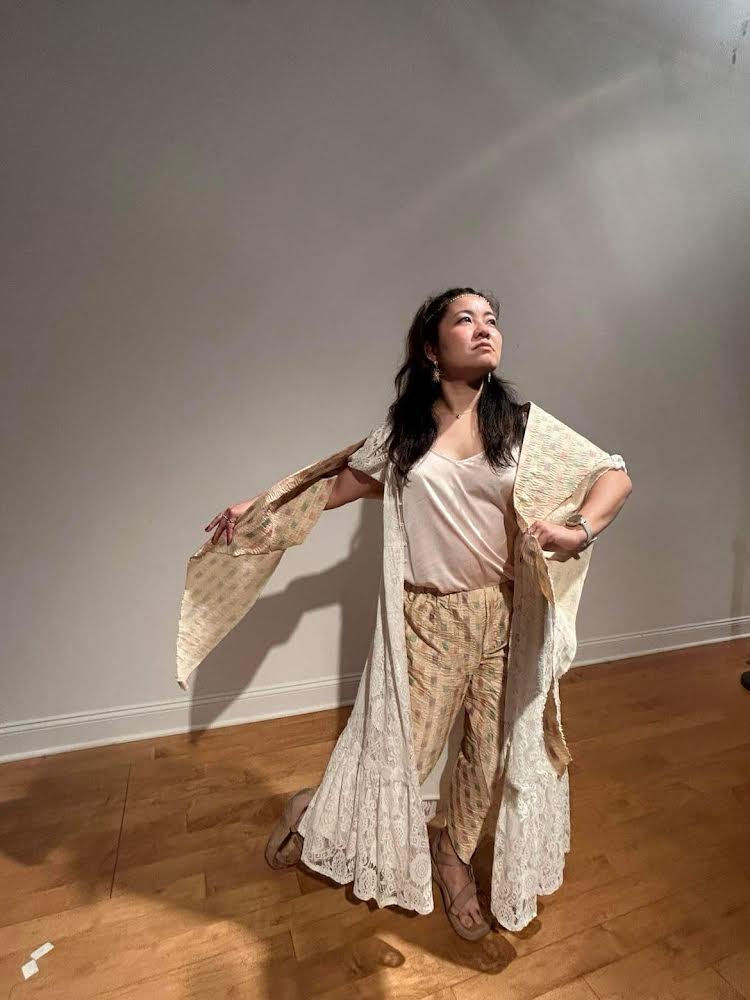
What do you do when you feel overwhelmed? Any advice or strategies?
When I feel overwhelmed, I first pause and reconnect with my mind and body. Sometimes that means taking time alone, allowing myself to do nothing, or simply prioritizing the small, intentional acts of daily life. Journaling is also very effective for me.
As a performer, stress shows up in the body immediately—tension, shallow breathing, or repetitive thoughts that just won’t let go. My first step is always to breathe deeply. Sometimes I lie on the floor, feeling the ground beneath me, letting my body and mind settle. I also find it helpful to move my body freely to calming music, or to carefully go through movements from my years of qigong and yoga training with a clear mind. Core training and Pilates have been essential not only for maintaining physical stability and preventing injuries but also for restoring my mental center.
Next, I step away from whatever is causing the pressure. I might go for a walk, listen to music, sit quietly, visit a favorite café and talk to people, observe beautiful things, or prepare and enjoy a mindful meal. I ask myself how I can nurture and care for myself as if I were tending to a beloved child or pet—how I can lift my own spirits and gently shift away from negativity. When I do this, my mind settles, and I can see the situation more clearly. I can respond from a calm place rather than from fear or stress.
My advice: even if circumstances don’t change immediately, prioritize how you want to feel. Take action for yourself, acknowledge your emotions, and remember that rest is part of progress. Don’t punish yourself for not acting right away. When you slow down enough to listen to your own voice, you may find that problems resolve on their own, challenges seem smaller than they appeared, or new paths naturally open up.
Contact Info:
- Instagram: https://www.instagram.com/kashimigram/
- Facebook: https://www.facebook.com/kashimi
- Youtube: https://www.youtube.com/@Kashimiasai/videos
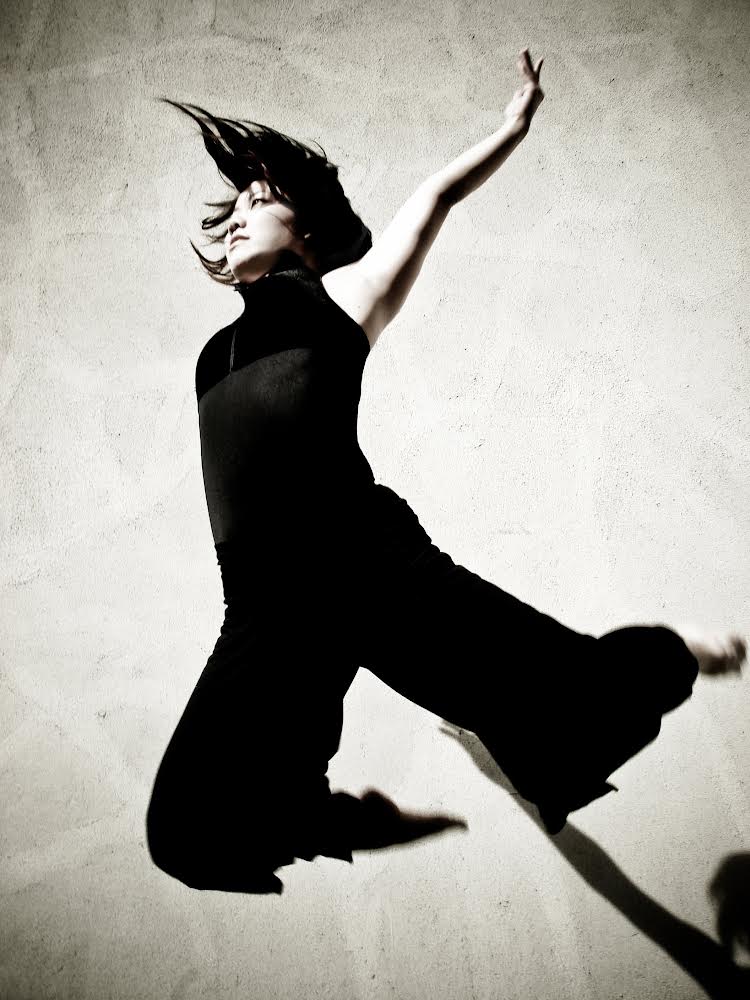
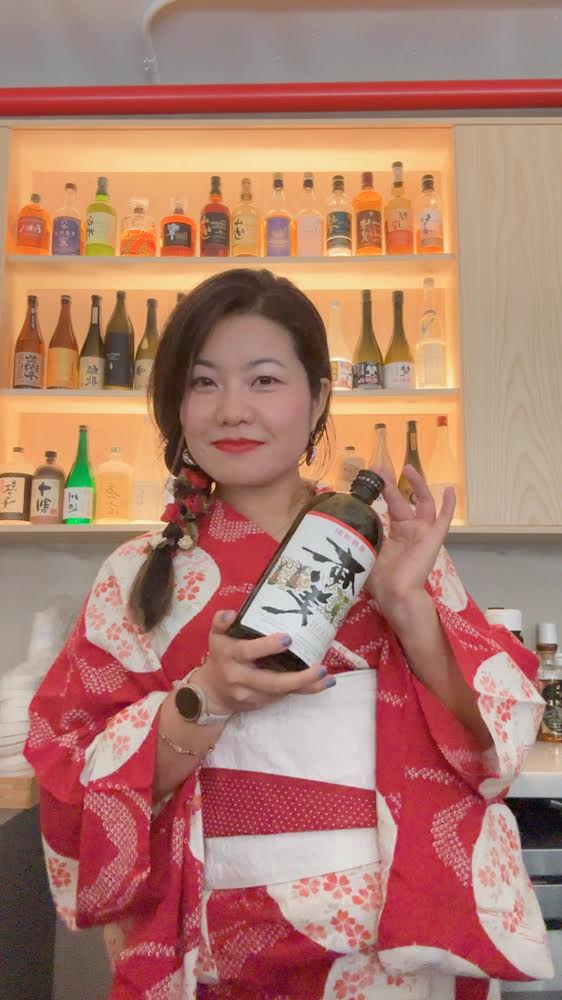
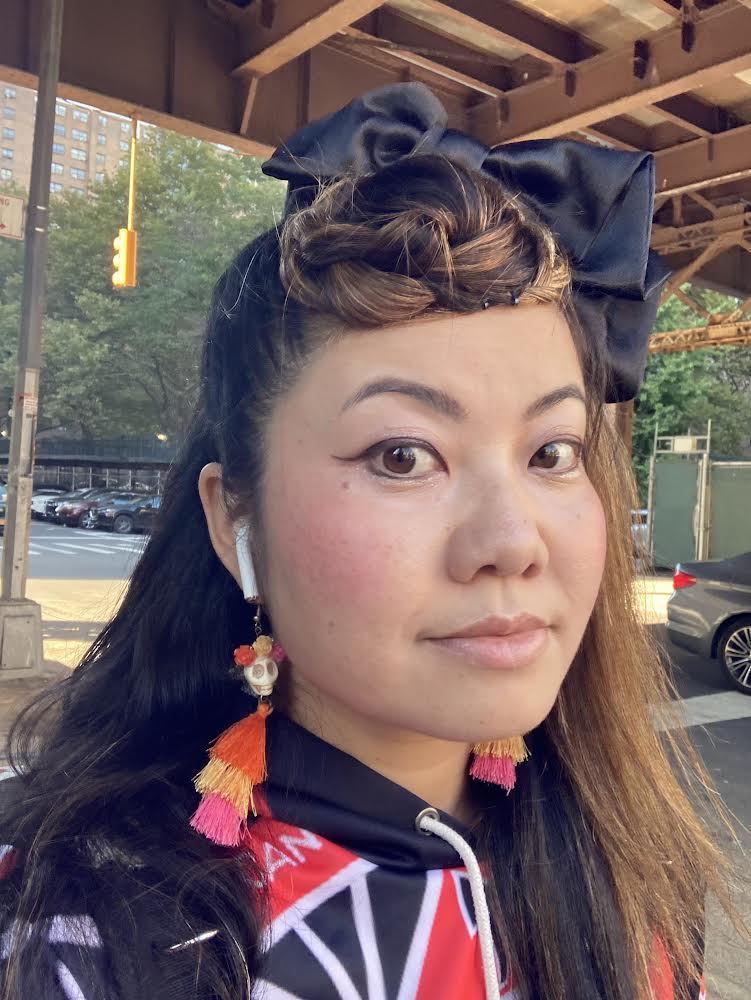
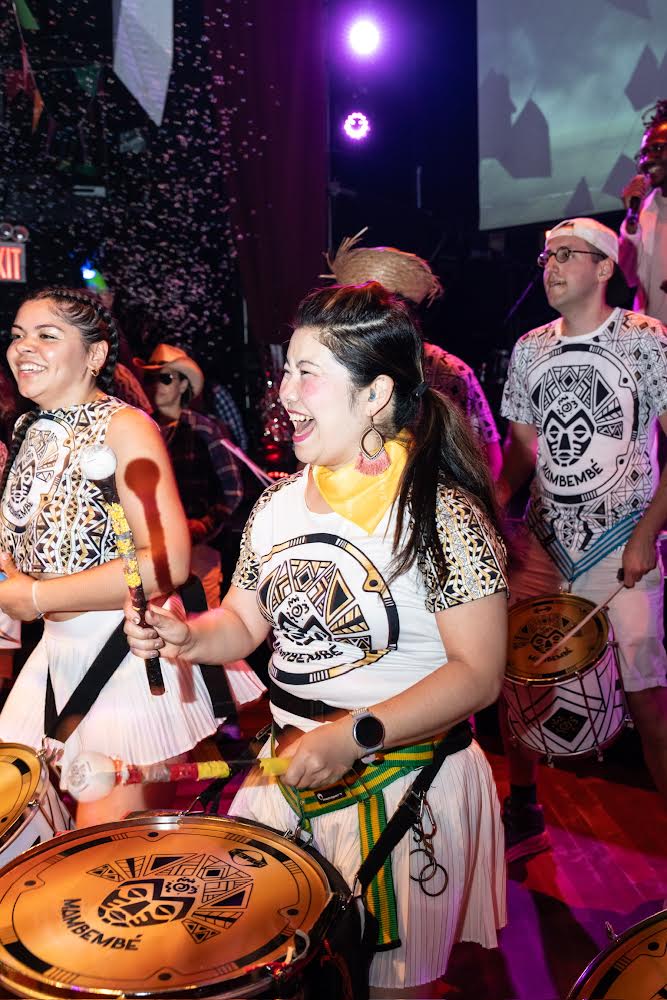
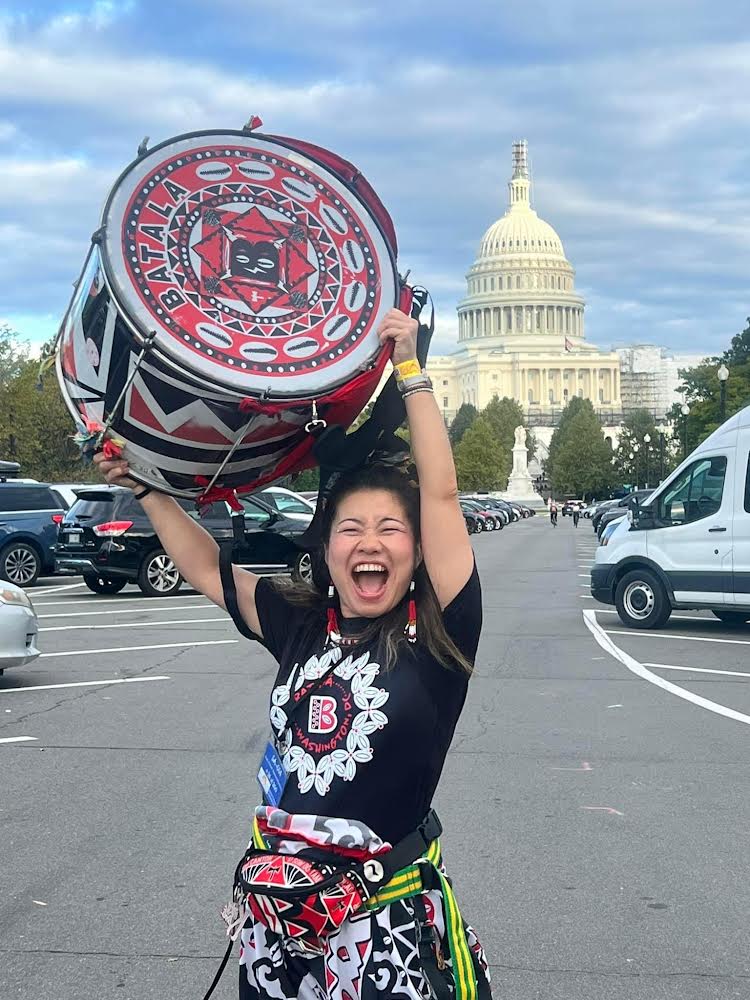
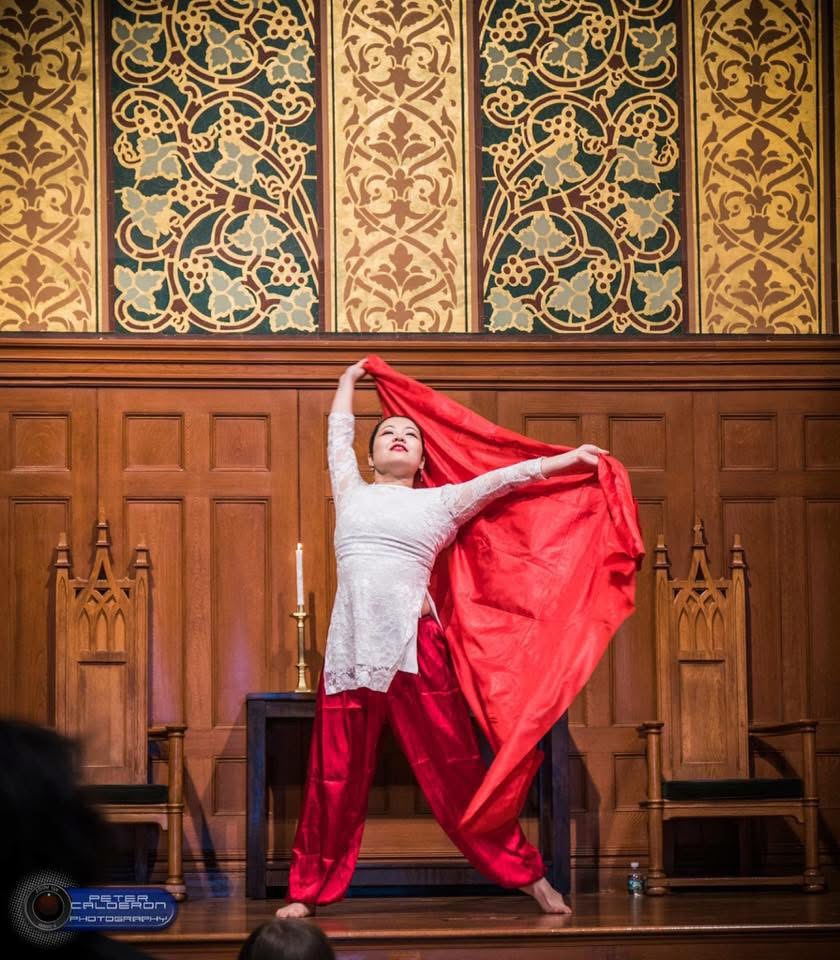
Image Credits
Photographers: Hideki Amano, Peter Calderon, Darryl Padilla, Alexia Haick
so if you or someone you know deserves recognition please let us know here.

